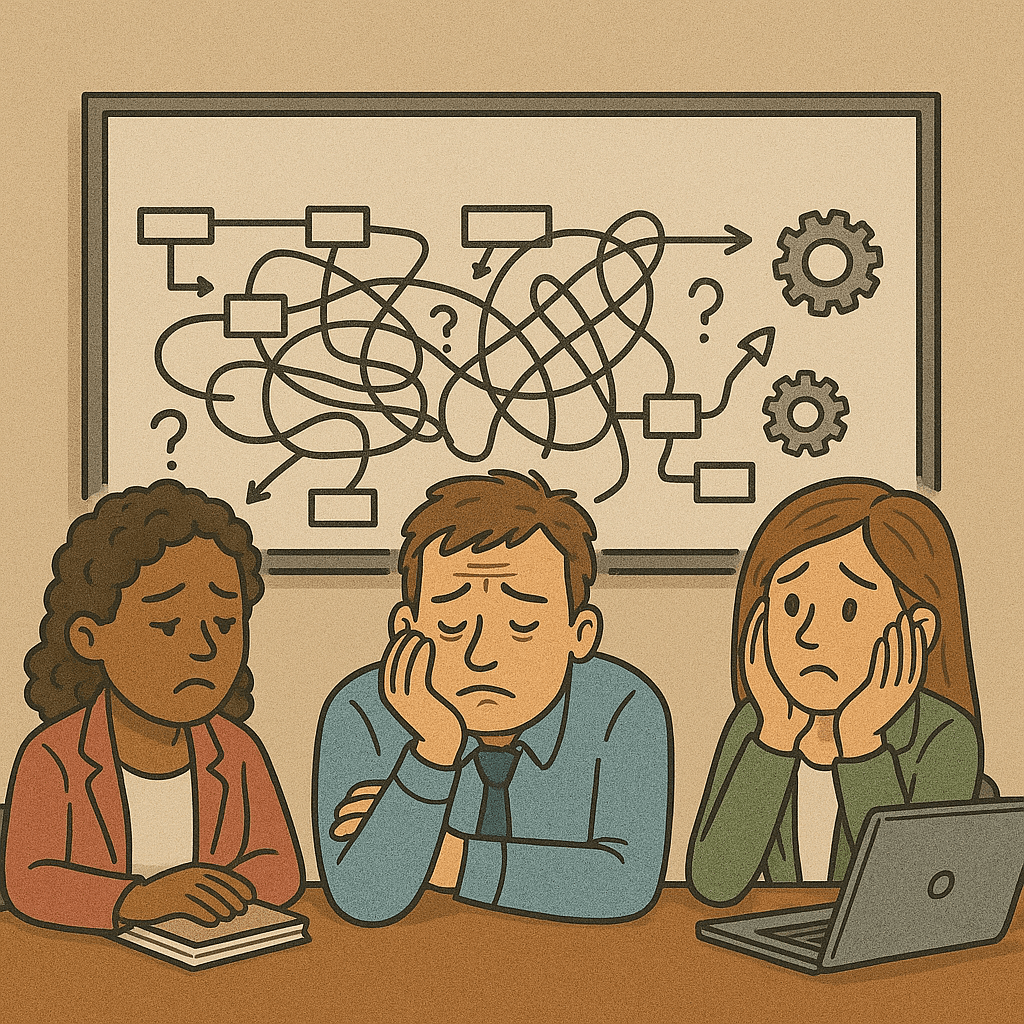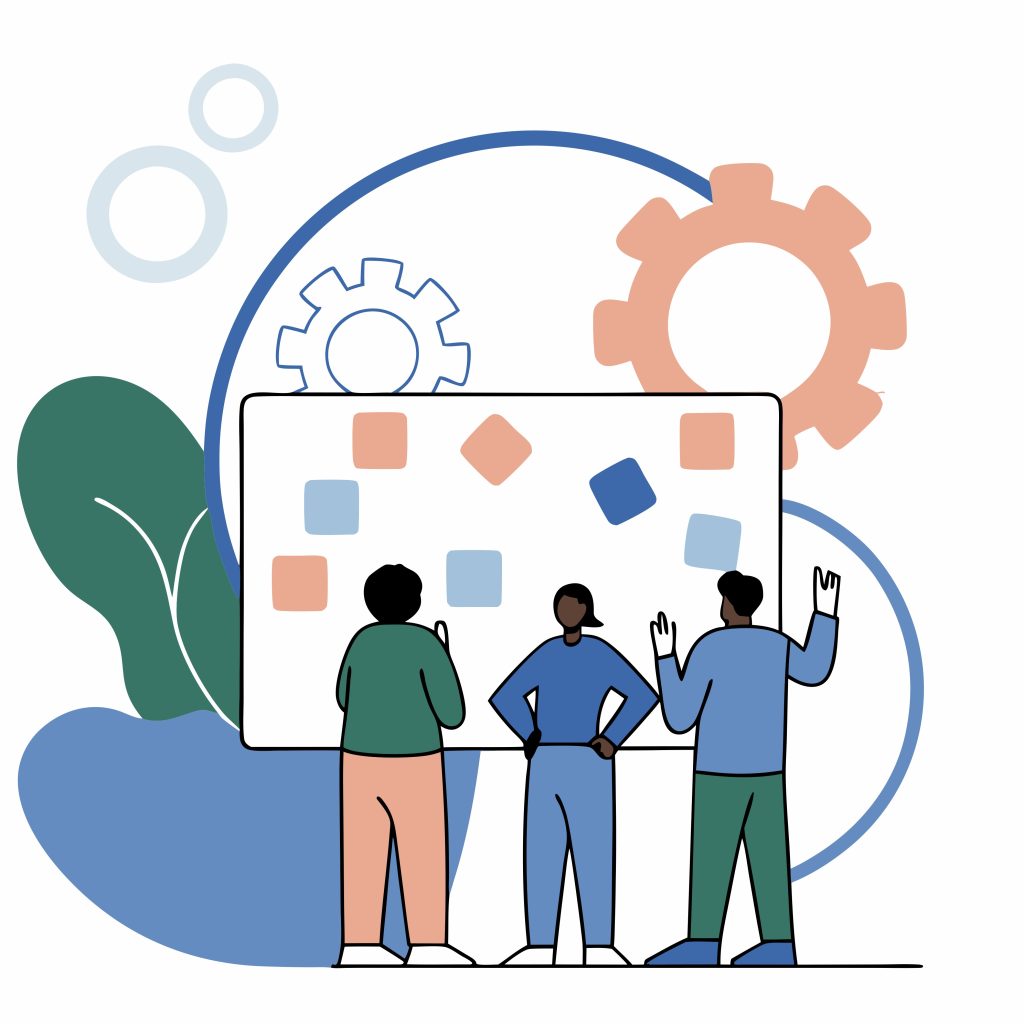You might have heard of the theory of the Helsinki Bus Station. It is not new and it was originally shared as a message to art students.
When I came to know this, it appeared as an interesting anecdote.
Over time, as I reflected on the key message – to stay on the Bus – and pursue your vision with passion, some deeper layers emerged. I could also resolve some seeming contradictions in my mind related to recommendations such as pivot or persevere, personal passion vs organizational goals etc.
The gist of the Helsinki Bus Station theory is that in the initial stages, while one is mastering a technique or topic, there could be similarities with others who have tread that path before.
By sticking to one’s natural style and passion to express, one can gain uniqueness only if one pursued it consistently and for a sufficiently long time.
The first message for me was that you need a goal – call it vision, purpose or aspiration. This gives one a direction to move in – not necessarily a specific achievement or milestone to reach.
This is very important, as various decisions and actions need to be aligned to this direction. This also enables identifying missions – or interim goals and milestones that could be more clearly specified, to also rally a team to reach those targets.
To some extent, this may appear to be like the Shu Ha Ri model for mastery where the learner is asked to blindly follow the rules [or imitate the masters] and over time, acquire the mastery to set one’s own rules [style]
This type of learning model where mastery is the goal, at individual or team levels – is the mastery we need to achieve our goals.
Next, it is about making progress to achieve that purpose.
From an individual contributor to a get-it-done-er to an influencer to achieve results that are disproportionately larger than what one could as an individual or a small, closely knit team, we need to transition between multiple work styles.
A recent post by my colleague JV, touched upon managerial styles.
Such styles apply to any role we play as individuals.
So, how does a unifying model of personal mastery help?
For starters, it helped me abstract the intent of these models [you might have heard that all models are wrong, but some are more useful – attributed to the statistician George Box] and make them practical to apply in various situations.
I have had the opportunity to play both line [execution] and staff [enabling] functions and the work styles needed were vastly different and the need to switch from one style to another in enabling functions was much more.
These also helped me grow as a leader and make a difference to the teams I have been associated with. In all this, I continued to stay on the bus of curiosity to learn from others and different sources. Having multiple, parallel interests – both professionally : in the IT industry and outside, and personally : making opportunities to learn something new every couple of years – have always been not only sources of inspiration but also providing cushions to bounce back, when any one of the interests are at a low.
It is a combination of models such as the Helsinki Bus Station theory, Shu Ha Ri, Drive [Autonomy, Mastery and Purpose] and the S-curves theory
The intent of all these is to help one draw up one’s own trajectory of mastery, at one’s own pace.
How does one make this practical and personal?
Start with your purpose. Make it small, to begin. Something that gives you satisfaction of having made a difference – to yourself or others. Solving the world hunger problem in a week, can wait! I cannot stop from mentioning the tiny habits model here – that, in my case was reading books. Having noticed that I was taking a very long time to finish books I buy, i decided to borrow from a library. IIM-Bangalore being within walking distance from home, helped. That way, I was creating some timeboxes to finish a book. Even if I had to extend it, it was with a feeling of guilt at not having completed it in 2 weeks. My purpose was to be exposed to new ideas, I would walk into some random aisle and pick up a book that looks interesting every time.
Use the learning models that best suit your style at that point in time – this is very critical, as your learning styles are also likely to change over time – and combine a generous dose of application or practice to the concepts that you learn. Reading books and also engaging in discussions on related topics with others were quick ways to appreciate nuances.
You might be learning with a very tactical intent or just out of curiosity – does not matter. Just keep learning.
As you apply the learnings in situations – by the way, experimentation or learning by doing is also a style of learning – you not only can get over the moments of imposter syndrome but also gain confidence to identify and latch on to your next personal S-curve.
Have you internalized and unified any such models that you learnt over time?
I will be eager to learn from you.





